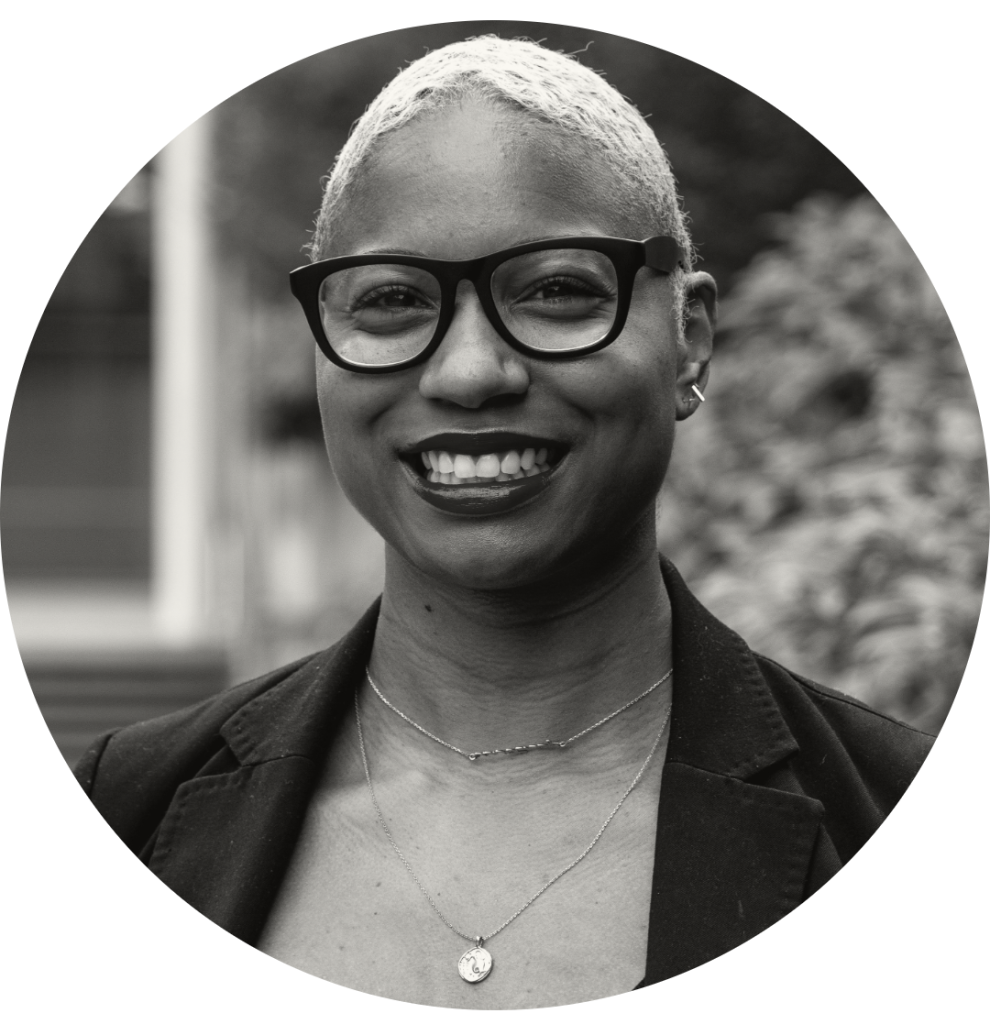
Dr. Courtney M. Cox
Assistant Professor in the University of Oregon’s Indigenous, Race, and Ethnic Studies Department. Her work examines identity, labor, and technology through sport. She is the author of the forthcoming Double Crossover: Gender, Media, and Politics in Global Basketball.
Email: cmcox@uoregon.edu
As in previous years, the 2024 Summer Olympics allowed viewers to simultaneously morph into coach, fan, referee, and commentator, temporary roles that spill out from sofas to social media. Each day of the Games offered new introductions to the personalities, potential, and problems of a sport or nation, spread through the live broadcast, recaps, and, of course, memes. To borrow a social media term, there was a lot of main character energy happening; that is, the self-confidence and charisma that seemingly allow for the control of one’s narrative and the ability to become the narrative. If we were to designate a podium for Olympic main characters (a packed field, to be sure), there is an argument for Ilona Maher to take home gold.
Known on the pitch for her highlight-worthy stiff arms that helped Team USA Rugby Sevens take home bronze and off it for her viral posts on Instagram and TikTok, the 28-year-old Maher brought new eyes to a sport often celebrated on the men’s side for its aggression and athleticism.
In the early coverage of Team USA’s women’s rugby, NBC broadcasters devoted graphics to breaking down just how dominant Maher is on Instagram: in the first few days of the Olympic Games, she was the third-most followed rugby player in the world. As of this writing, Maher’s 4 million followers on Instagram make her the most followed rugby player in the world and one of the most followed Olympians online, beating out fellow American household names in swimmer Katie Ledecky and sprinter Noah Lyles combined.
Today, elite athletes are tasked with competing at the highest levels of their sport while producing compelling social media content to attract fans and endorsements. This work is compounded for those outside major professional leagues with access to regular eyes and checkbooks. It is made more difficult across markers of race, gender, class, and nationality.
Beyond the typical “day in the life” or “get ready with me” (GRWM) standards, Maher’s feed contains multitudes: she is seen offering her celebration of the range of bodies represented at the Olympics, cautiously approaching the topic of pickleball with top tennis player Coco Gauff, devouring incredible French food offerings, and treating the Olympic village like her own Love Island villa. “Ma’am, you are CARRYING Instagram at this moment,” read one comment. At the same time, she offers vulnerability, recording herself in tears in response to those chirping in the comments that she is too masculine, too big, too much. There are multiple posts where she describes learning to love her broad shoulders and muscular back and her continued work to fuel her body correctly and avoid disordered eating.
With this range, Maher has stiff-armed each of the levels previous literature has found that platformized creative laborersface: markets, industries, and algorithms. In a cluttered media landscape, she’s managed to use her second trip to the Olympics to push beyond the noise and carve out a lane for herself, something that corporations like Visa or Delta spend significant time working to cultivate with the more than 100 Olympic and Paralympic athletes on their rosters. “But not unlike elite sport itself,” Bryan Armen Graham writes, “the hard truth is some things can’t be coached.” I learned this recently as I participated in a set of listening sessions with sports marketing and public relations representatives, where several brought up Ilona Maher unprompted, citing her and the sport as an example of monetizing one’s brand and tapping into future sponsors. In discussing other Olympic or Paralympic sports that lacked the media coverage they deserved, they referenced needing “an Ilona in that space.”
When asked why she’s dedicated so much time to building an online following, she told The Guardian, “It is really important to have a profile, and a profile for our sport,” Maher said. “It’s about building the brand. We are female rugby players – we’re not getting million-dollar contracts, we’re not getting paid the money that we should be. Me and my friends are keen on getting the sport out there and getting us noticed. It’s important in the U.S. where so much attention is on other sports. And I think it’s just about showing the personality that the women have. The game is very strong, not just for men, but for women too.”
Maher’s online aesthetic aligns with previous scholarship that identifies how elite female athletes employ a neoliberal feminism rooted in self-empowerment and self-disclosure that can offer the marketable tandem of athletic performance and normative feminine appeal. Kim Toffoletti and Holly Thorpe call this the “athletic labour of femininity,” where peak performance and the simultaneous negotiation of heterosexual appeal become necessary to build one’s platform and sport.
In negotiating this dual labor, Maher’s bronze medal victory – the first for the U.S. women – was capped by a post-match interview where she spoke of wanting more opportunities for professional rugby for women, more packed stadiums, and deeper investments in the sport overall. Shortly after that, it was announced that Michele Kang plans to donate $4 millionto the U.S. Women’s Rugby Sevens team – a dual win for Maher, her teammates, and millions of new fans of the sport. However, the moment also serves as a reminder of the (often invisible) labor placed upon athletes (especially women) and their defined, capable shoulders.

